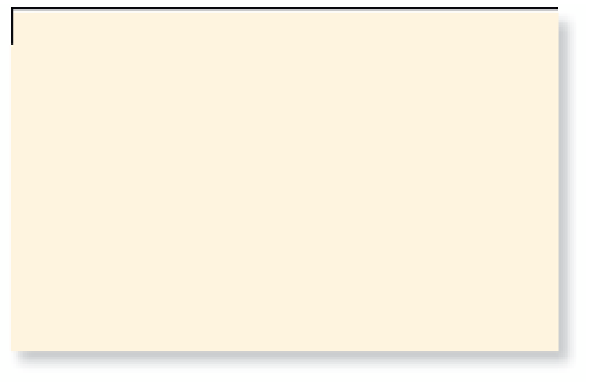Environmental Engineering Reference
In-Depth Information
correlation. We selected 16 block-level statistics from buildings
as the initial set of explanatory variables. These explanatory
variables were building count, total building footprint area, total
building volume, maximum building volume, average building
height, maximum building height, average building footprint
perimeter and average building footprint shape, for both SF
and MF dwelling types. This procedure yielded a model of
the form:
TABLE 13.2
Accuracy assessment of the four building detection
methods at both pixel and object levels.
%Pixels
%Objects
Method
Overall
Kappa Commission Detection
accuracy
error
rate
Region
Growing
91
64
19
83
P
7
=
α
1
A
1
+
α
2
C
2
+
α
3
V
2
+
ε
(13.1)
eCognition
87
55
43
84
Dempster-
Shafer
92
66
30
90
where
A
1
is the area of SF dwellings,
C
2
and
V
2
are count
and volume of MF dwellings, and
α
's are model parameters.
Interestingly, the building perimeter, building shape and building
height didnot provide further explanationpower to the variability
of block population. Equation 13.1 also disclosed that the volume
information of SF buildings is not as important as its area.
calculated for each method and inset. The average statistics over
all insets are provided in Table 13.2. It was observed that although
most methods had acceptable performance, with average overall
accuracy ranging from 87 to 92% and detection rate ranging
from 84 and 90%, there was a considerable variability across
insets. Specifically, inset 1 was the most accurately classified area,
which had a per-pixel accuracy ranging from 92 to 95% by all the
methods. This was due to the relatively high and large structure
of MF buildings. On the other hand, inset 2 represented the most
challenging area due to the relatively small size of SF buildings
and the high chance of occlusions by trees. In this case, per-pixel
accuracies ranged from 83 to 89%. Accuracy with the inset 3 and
inset 4 stays in between the two former extremes.
Based on the accuracy levels and its consistency over the
various insets, the Dempster-Shafer method was selected for
detecting buildings over the entire study area. The accuracy of
the detected buildings for the entire study area was not assessed,
but it is reasonable to assume a detection rate of 90%, as this
was the average performance from selected insets (Table 13.2).
The building mask for the entire study area was imported into
ArcGIS and converted to vector format (yielding 15 211 building
polygons) for further analysis.
13.4.3.2
Calibration of models
The estimated coefficients for all the models are provided in
Table 13.4 together with the normalized form (
a
s). The values
for the normalized coefficients suggest that population estimates
are more sensitive to MF than to SF building characteristics.
The bar chart of Fig. 13.3 compares the goodness of fit in
terms of
R
2
values obtained from each model. As it turns out,
building volume information, at both land use levels, fits better
than building area and building counts. It is also noticeable that
all models that distinguish between SF and MF dwelling types
yielded superior goodness of fit with respect to their counterpart
that did not made this distinction. This is largely due to the fact
that persons per dwelling and persons per unit area of footprint
are different for SF and MF. Interestingly, the improvement
achieved when making the distinction of dwelling types was
most notable for building counts (from
R
2
0.34 to
R
2
=
=
0
.
59),
andbuildingarea(from
R
2
0.71 to
R
2
=
=
0
.
81) than was
for building volume (from
R
2
0
.
81 to
R
2
0
.
82). This result
suggests that building volume already accounts for the dwelling
type characteristic. The observation is important because, unlike
area-based or count-based models, a volume-based model would
not rely on detailed land use information (at least not to the level
of distinguishing between dwelling types), which is generally
difficult to extract by automated means.
=
=
13.4.2
Land use classification results
The land-use classification results with the MultiClass-tax parcel
method are given in Table 13.3.
TABLE 13.4
Estimated coefficients for each model defined in
Table 13.1.
13.4.3
Population estimation results
13.4.3.1
Construction of Model 7
Regression
Path
coefficients
coefficients
The construction of Model 7 followed the procedure outlined
in the previous section using a threshold of 0.1 for the part
Model
α
1
α
2
α
3
α
1
α
2
α
3
1
3.4335
-
-
0.65
-
-
2
1.8129
11.8573
-
0.35
0.75
-
TABLE 13.3
The accuracy assessment of the MultiClass-tax
classification method.
3
0.0303
-
-
0.76
-
-
4
0.0153
0.0416
-
0.32
0.87
-
% Correct
5
0.0036
-
-
0.81
-
-
Method
SF MF
Res
Overall
Kappa
6
0.0025
0.0039
-
0.04
0.89
-
accuracy
7
0.0153
4.7673
0.0031
0.32
0.30
0.72
MultiClass-tax parcel
91
55
85
83
71


















































































































































Search WWH ::

Custom Search